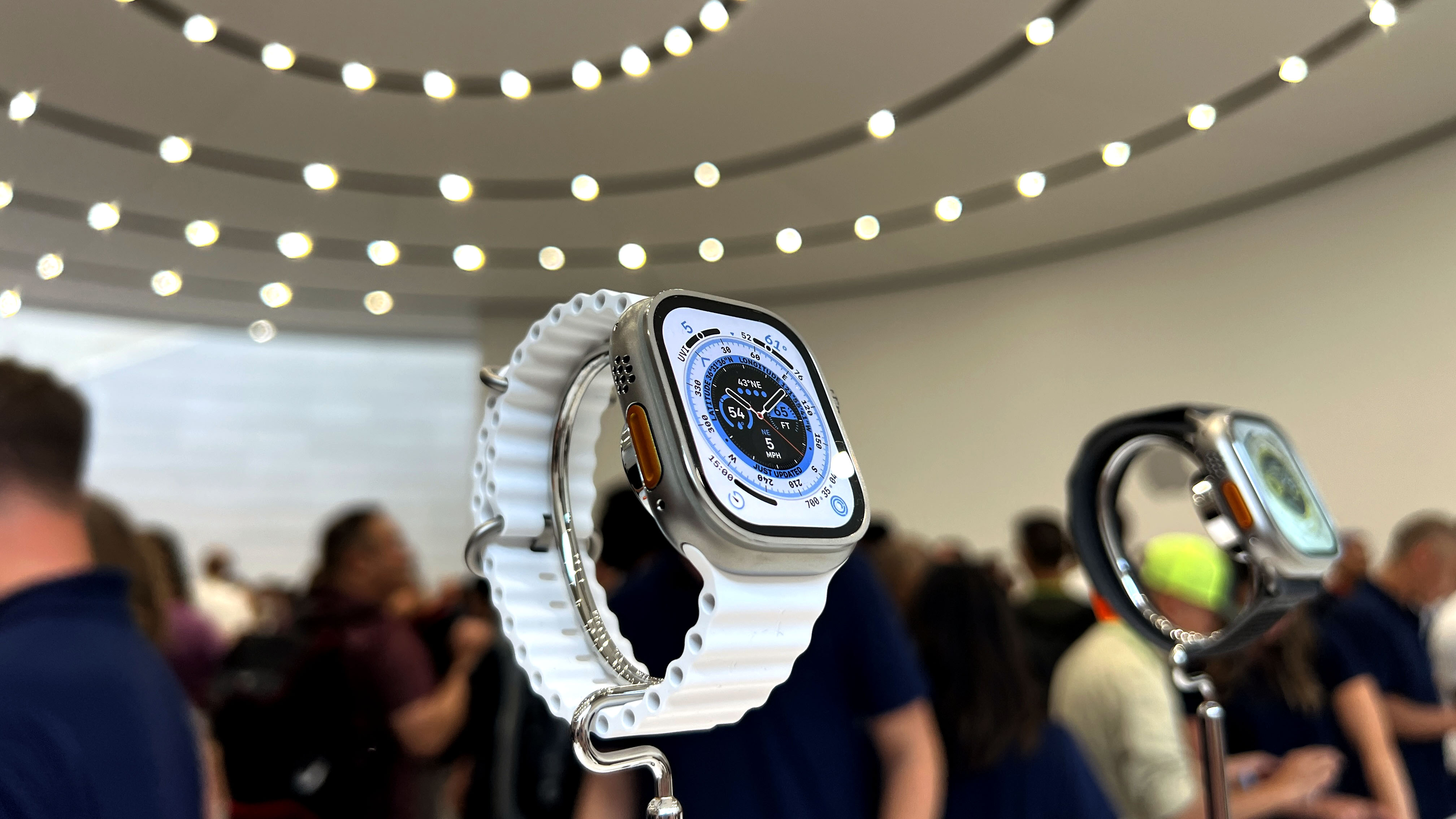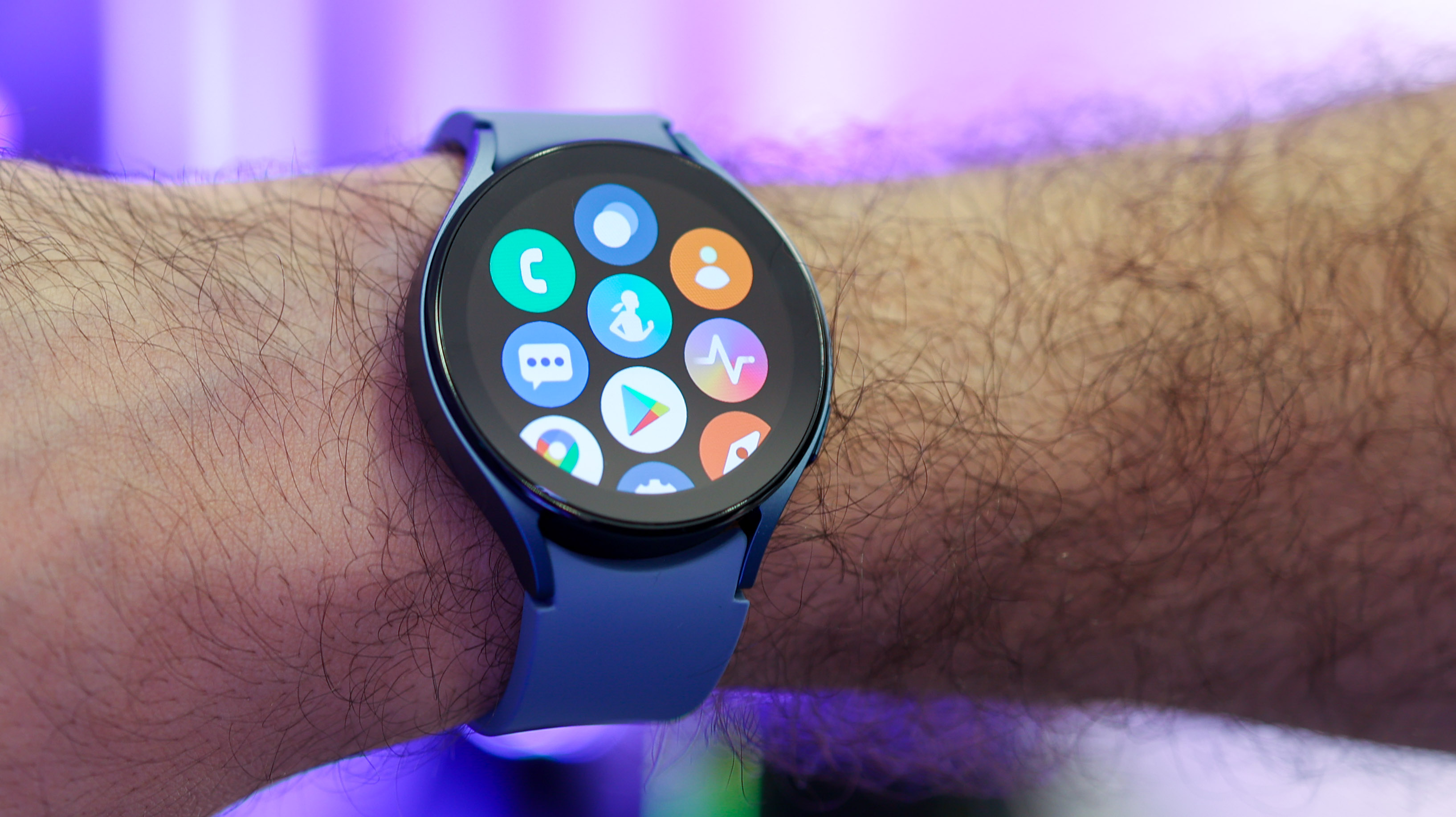The first Apple Watch made its debut seven years ago, and this year we were introduced to the Apple Watch 8. Most of us replace our smartphones every two or three years, so we don’t readily worry about the state of the lithium ion battery inside beyond that time frame. However, due to the nature of wearables like the Apple Watch, they have the potential to remain in service far longer; raising questions about the safety and integrity of the battery inside after such sustained long-term use.
If you just want notifications and simple fitness tracking from your watch, that Apple Watch Series 2 you bought in 2016 can still handle those tasks. Sure, an Apple Watch Ultra would do a better job, but if you sprang for a luxury casing option, like the Hermes co-brand, or you just don’t feel that your watch is worth upgrading, you can just keep charging your device and using it until it stops working, right?
As the first Apple Watch ages past the typical lifespan of lithium batteries, we decided to investigate whether those aging cells remain safe to wear as time goes on. After all, unlike smartphones, which have a greater chance of living in a pocket or bag and being placed on a bedside table while you sleep, smartwatches (and thus their batteries) are typically worn directly against the skin, and are often worn to bed too. So are you putting yourself in a more vulnerable position by wearing a smartwatch? Let’s find out.
Why do batteries fail and when do they become dangerous?

Batteries die slowly. We spoke with Sergio Mendoza – a battery expert with Exponent; a consulting firm that specializes in science and technology investigations. He explained the aging process.
As a battery ages, there is a loss of the active material to hold the electrical charge. The material inside the battery degrades over time, increasing electrical resistance and thus limiting the amount of power the battery can subsequently deliver. This degradation over time also limits the overall capacity of the battery. As a battery ages, it holds less power, and in turn supplies power to your device for a shorter length of time between charges. This is why, if you have an older phone (or other rechargeable device) with the original battery still inside, it doesn’t last as long as it did when it was brand new.
When a battery dies quickly, that is because of a failure in the materials, the design, or some other inherent flaw. When a battery explodes, or experiences a ‘thermal runaway event’ – as a battery expert might say – that is because of a short-circuit in the battery; which is to say, a positive contact physically touched a negative contact and the entire charge of the battery was released all at once, usually violently.
This may happen if the layers of the battery are not manufactured properly. When Samsung’s Galaxy Note 7 batteries exploded, it was because of problems with the internal manufacturing of those batteries. The same problem could just as easily be recreated by driving a nail through a lithium battery, for example (DON’T TRY THIS AT HOME).
By penetrating the layers and driving them together, you’re creating contact between the positive and negative elements inside, and as a result the battery fails, spectacularly.
The good news is that if the batteries on the most popular smartwatches were going to explode, they would have done so by now. As Mendoza told us, “I would suspect failures, especially the most catastrophic, to happen earlier in the life of the device rather than when they’ve been cycled [‘cycled’ in this instance means discharged and recharged repeatedly over time] a lot.”
The sort of catastrophic and dangerous battery failure that has made headlines in the past and which could cause injury if it happened on a wearable, usually occurs very early in the lifespan of the product. Indeed, the Galaxy Note 7 was freshly on the market when reports of battery failures and exploding phones starting cropping up.
Older batteries are less likely to reach the kinds of onset temperatures that could lead to a thermal runaway, i.e. an explosion. “Cells that have a larger cycle count, have a higher onset temperature, meaning that for them to go into thermal runaway they have to reach a higher temperature.” So, as batteries age, they become less susceptible to the sort of catastrophe that could cause a sudden reaction and any direct injury.
As a battery ages, it also loses power and cannot hold the same amount of charge as its original quoted capacity. This again means it also becomes less dangerous. Mendoza says that “there are a lot of studies that show that how much energy is released is going to drop as the device ages.” A battery does not become more likely to explode over time, it simply becomes less likely to hold a charge or to work at all.
How could a battery fail and cause harm?

Although we’re not as concerned about older devices (such as phones and smartwatches), we still need to be cautious with lithium batteries, and new devices may pose more risk than the older ones. There are two primary ways in which a battery in a wearable could cause harm.
The first is a sudden battery failure, the type that causes a short, leading to a temperature spike. If you’re wearing a watch where its battery malfunctions in this way, you’re going to get burned. This could happen if there is something wrong with the battery in your device to begin with, or you damage the device to a degree in which the battery may have been affected and you don’t take it in for repair. It’s sudden, but it is also rare.
The other way a battery can cause harm is a low-temperature burn injury (the kind Fitbit was worried about when it issued its recall of the Ionic smartwatch, earlier this year). By low temperature, we mean enough to damage, say, skin but not cause a fire. You can receive a first-degree burn with sustained temperatures as low as 118°F / 48 °C. In a low-temperature burn situation, a watch battery may keep a sustained temperature around 140°F / 60 °C. At that temperature, you may experience a burn before you wake up from the injury.
The good news is that watch batteries are already much smaller than phone batteries, and are less likely to cause lasting harm. These batteries are well-ventilated, so that heat can escape.
You may have a total short of the battery, but not necessarily a big fire. These sorts of problems do occur, but they are not common, and they are not more likely to happen as the device gets older.
Do I need to worry about my older Apple Watch’s battery? What should I do?

Firstly, don’t worry. It’s extremely unlikely that the battery inside your Apple Watch (or Galaxy Watch, Fitbit Sense etc.) is going to malfunction and/or harm/burn you and the risk of more sudden reactions actually drops over time. It’s more likely that your smartwatch will simply hold less and less charge, and then one day will seem to die within minutes. Before then, though, you can always have the battery replaced by a certified professional.
Apple makes it easy to replace the Apple Watch’s battery. For $79 in the US, Apple will swap the battery on any Apple Watch model dating back to the Apple Watch Series 2. Even the luxury Hermes models cost the same for a battery swap. Before your battery dies, if that ever happens, you may as well just get a new battery from Apple.
If something happens to your watch, get it fixed. Don’t try to live with a watch that may have a broken battery. If your watch starts to get excessively warm, take it off and have it checked for possible damage. We have no evidence that any watch on the market is causing this sort of harm, and we will constantly monitor to make sure these devices are safe.




